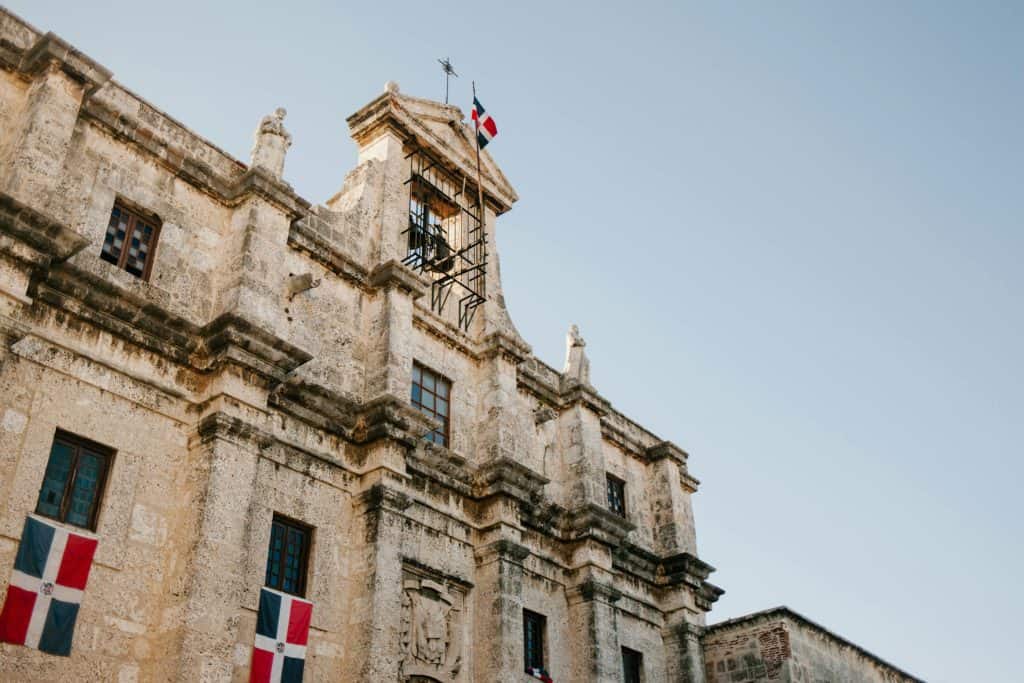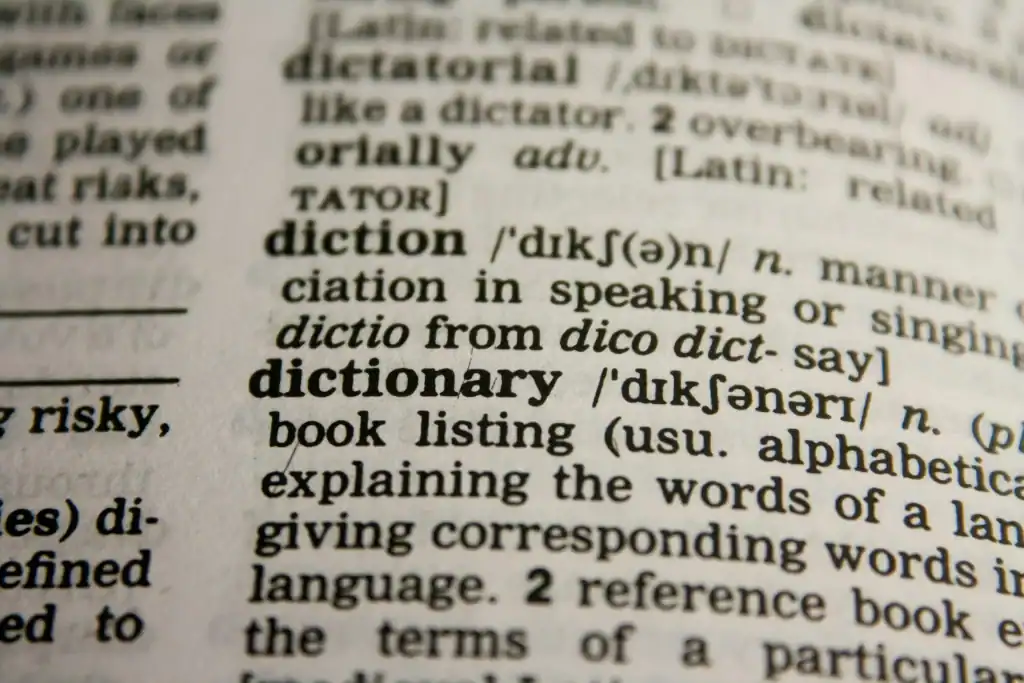How a Wobbly Booster Seat Made Me Re-learn Spanish at 10,000 RPM
Last July I flew from Santo Domingo to Medellín with my two-year-old, Mateo, and a suitcase full of toddler patience. The plan was simple: rent a small SUV, drive up to Guatapé, and let Mateo yell “¡Vaquita!” every time he saw a cow. The flaw revealed itself the minute the rental clerk handed me a flimsy car seat and a shrug. The straps felt more decorative than functional, so I rolled the dice on Colombian hospitality and drove to a barrio workshop where mufflers dangled like wind chimes. Ten minutes later I was knee-deep in ratchet wrenches, sweat, and a crash course of automotive child-safety Spanish that my decade in the Dominican Republic had never covered. That afternoon became a crash test not of plastic but of pride, and it’s the moment I realized parents need specialized Spanish Vocabulary long before the first diaper blowout at cruising speed.
Why a Mechanic’s Shop Becomes Ground Zero for Parental Peace of Mind
Colombian Taller vs. Dominican Taller
In the DR, my go-to mecánico greets me with a fist bump and a contagious “¿Qué lo qué, manín?” The vibe feels like a backyard domino game that accidentally spawned a business. Contrast that with Medellín’s talleres, where the greeting leans formal—“¿En qué le puedo colaborar, señor?”—and the shop floor resembles a Swiss watch factory, right down to the neatly aligned socket sets. These cultural quirks shape the kind of Spanish you must deploy. In Santo Domingo I can rely on slang, shorten words, and still get results. In Colombia, precision, politeness, and the occasional paisa endearment make the difference between a tight ISOFIX anchor and a seat that wiggles more than Mateo after an ice-cream cone.
The Hidden Curriculum of Safety Culture
Dominican law technically requires child restraints, yet enforcement is as sporadic as power outages after a tropical storm. Mechanics know this, so they’ll fix your seat if you insist, but you must push. Colombia tightened its traffic code in 2022, and workshops actively promote “sillas infantiles” like they’re selling seat-belt gospel. Knowing which questions to ask in each context demands Spanish Vocabulary that signals you’re no novice tourist but a parent who takes both cultures seriously.
The Essential Lingo While Your Kid Wiggles like a Worm
Straps, Clips, and Other Tong-Twisters
When I first asked a Colombian tech to “asegurar el clip del pecho,” he corrected me gently: “Aquí decimos broche de pecho.” Same function, different noun. Back in Santo Domingo, my mechanic calls it “la pincha”—a quintessentially Dominican shortcut that’ll earn blank stares in Bogotá. This is why investing in flexible Spanish Vocabulary matters. You’ll toggle between textbook terms like “arnés” (harness) and hyper-localisms like “cinturón de seguridadcito,” a cutesy diminutive one paisa dad used while winking at his daughter. Listen, absorb, then mirror the word that floats around the shop. You’ll secure your seat and gain cultural kudos.
Examples in Action
Spanish: “¿Puedes ajustar el retractor para que el arnés quede sin holgura?”
English: “Can you tighten the retractor so the harness has no slack?”
Spanish: “La base se mueve más de dos centímetros; ¿tienes un nivelador?”
English: “The base moves more than two centimeters; do you have a leveler?”
Spanish: “Prefiero instalar con ISOFIX en vez de cinturón. ¿Está disponible en este modelo?”
English: “I’d rather install with ISOFIX instead of the seat belt. Is it available on this model?”
One Conversation, Two Countries: Talking Car Seats Without Spinning Your Wheels
The following diálogo fuses real encounters from Medellín and Santo Domingo. Each Spanish sentence is followed by its English equivalent. Note the shift between Colombian courtesy and Dominican warmth, plus a sprinkling of bold slang for flavor.
Example Conversation
Mecánico (Colombia, usted): Buenas tardes, señor. ¿En qué le puedo colaborar?
Mechanic: Good afternoon, sir. How can I help you?
James: Necesito instalar la silla infantil y asegurarme de que el arnés quede bien.
James: I need to install the child seat and make sure the harness is set properly.
Mecánico: Claro que sí. Primero revisemos los anclajes ISOFIX.
Mechanic: Of course. First, let’s check the ISOFIX anchors.
James: Perfecto. En la República Dominicana siempre uso cinturón, pero me han dicho que aquí es mejor con ISOFIX.
James: Perfect. In the Dominican Republic I always use the belt, but I’ve been told ISOFIX is better here.
Mecánico: Es más seguro. Ahorita lo nivelamos con el indicador de burbuja.
Mechanic: It’s safer. We’ll level it with the bubble indicator in a moment.
—Cambio de escenario a Santo Domingo—
Tigre del taller (DR, tú, **slang**): Oye, manín, esa vaina está floja. Vamos a darle bien duro al tornillo.
Workshop guy: Hey bro, that thing’s loose. Let’s tighten the bolt real good.
James: Dale, pero recuerda que la cabeza de Mateo queda aquí, no quiero que rebote.
James: Go for it, but remember Mateo’s head rests here; I don’t want it to bounce.
Tigre: Tranquilo, eso queda nítido ahora. ¿Quieres que le ponga una esponja?
Guy: Relax, it’ll be perfect now. Want me to add a foam pad?
James: Sí, mejor. Y aprieta el broche de pecho a la altura de las axilas.
James: Yes, better. And tighten the chest clip at armpit level.
Tigre: Copiado. Ya tu chinito va a viajar heavy.
Guy: Got it. Your little dude will ride smoothly.
Spanish Vocabulary Table
| Spanish | English | Usage Tip |
|---|---|---|
| Silla infantil | Child seat | More common in Colombia than “car seat.” |
| Anclaje ISOFIX | ISOFIX anchor | Universal term; stress the “X” softly like “eks.” |
| Broche de pecho | Chest clip | Ask to align “a la altura de las axilas.” |
| Arnés | Harness | Roll the “r”; same in DR and Colombia. |
| Holgura | Slack / looseness | Use when asking to tighten straps. |
| Base | Base | Identical word; watch accent: “BA-seh.” |
| Indicador de burbuja | Bubble level | Essential for rear-facing seats. |
| Pincha (DR slang) | Clip | Only in Dominican Spanish; avoid in Colombia. |
| Nivelador | Leveler shim | Sometimes a foam wedge or rolled towel. |
How Switching Countries Tunes Your Ear—and Your Parenting Skills
From Merengue Rhythms to Paisa Politeness
Shuttling between the Caribbean swagger of Santo Domingo and the Andean punctuality of Medellín forces my mouth to dance. One week I’m sprinkling **“wey”** and “vaina” like hot sauce; the next I’m softening consonants so I don’t sound like I’m questioning everything. This constant recalibration keeps complacency at bay. It also means my son grows up hearing multiple rhythms of Spanish, absorbing that language is a living gadget you adjust, the way a mechanic fine-tunes torque.
Your Road Map for Continuous Improvement
Every mechanic visit becomes a micro-immersion. Listen first, steal a phrase, repeat it, then ask a clarifying question. That loop still works after a decade in the DR and countless Colombian road trips. The payoff? A tighter install, a safer kid, and a respect you earn by meeting locals on their linguistic turf. If traveling as a family doesn’t sharpen your Spanish Vocabulary, nothing will.
Final Thoughts & Open Road Invitations
Parenthood doesn’t pause for language gaps, and a loose harness clip exposes those gaps quickly. Embrace the adrenaline. Let the workshop become your classroom. Whether you learn Spanish as an expat in the lively chaos of the DR or the structured hills of Antioquia, your bilingual muscles grow each time you hear a new synonym for “seat clip.” Share your own cross-country discoveries below. Did a Venezuelan mechanic teach you a word I missed? Have Mexican road-trip hacks? Drop them in the comments so we can all keep our Spanish Vocabulary in top gear.
Hasta la próxima curva, y que tu próximo clip de pecho quede tan firme como tus ganas de seguir rodando.


